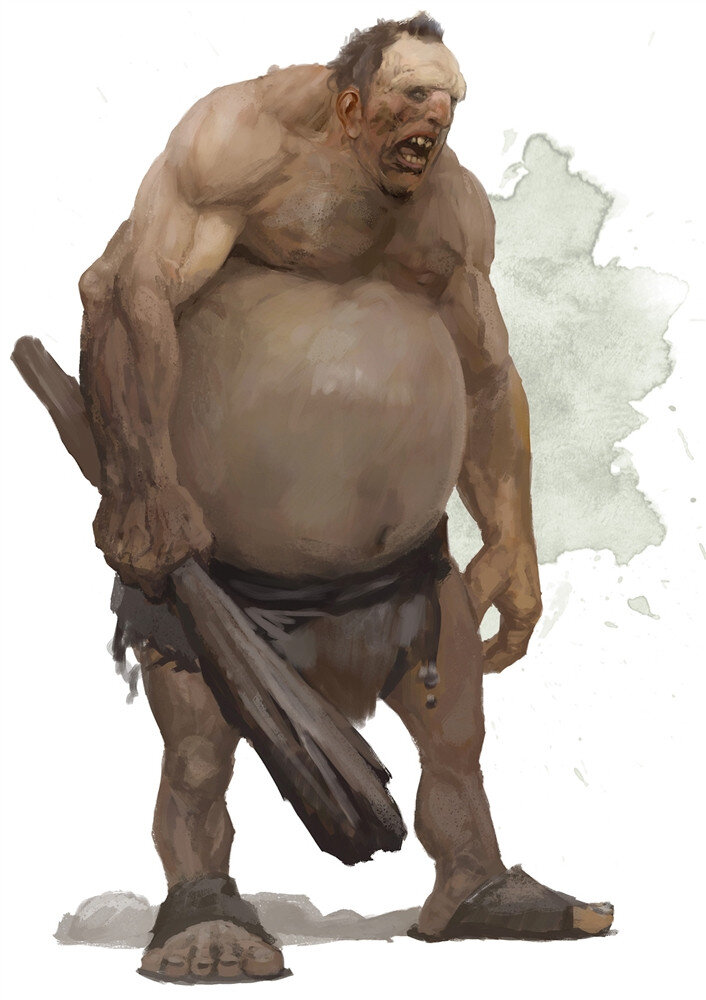The Next Big Thing

Being a giant is all fun and games until your body collapses under its own mass.
Being a giant is all fun and games until your body collapses under its own mass.
This past week, a friend drew my attention to an article from the Daily Mail detailing the story of Mandy Sellars, a British woman who's earned a sort of international fame by virtue of being the only known case of a rather curious genetic mutation. Sellars developed a condition where her legs grew disproportionately to the rest of her body, and continued to grow after the rest of her body had reached physical maturity, resulting in all manner of difficulties, both practical and medical. I mention this story not so that you can go gawk at pictures of her, but to remind us all that when strange things happen to the body, it more often results in dysfunction than enhancement. In comic books, having a gigantic limb generally confers superhuman strength or some other amazing power, but in real life, in tends to confer back pain, a susceptibility to infection, and an increase in all-cause mortality.
Consider the giants. By giant, I'm not referring to Gygax' lightning-catching and boulder-hurling monsters, but rather the ordinary people walking amongst us who live with disorders like acromegaly, which cause excessive growth. A number of famous individuals have suffered from acromegaly, but the most famous is probably the deceased wrestler André the Giant, who comes to my mind readily for having played the role of Fezzik in my all-time favourite movie, The Princess Bride. Unlike your average person, André René Roussimoff had a body that grew at an accelerated rate, resulting in his achieving immense size (according to thirty seconds of research online, he was apparently just a hair short of seven feet tall and 500 pounds at his peak. Although his strength was, in D&D terms, probably well above an 18, and there are documented accounts of him flipping over cars with his bare hands, his physiology wasn't capable of keeping up with his anatomy. At a young age, he developed severe back problems, to the point that his wrestling uniforms incorporated a concealed back brace and by the time he filmed The Princess Bride he wasn't capable of lifting much weight. Reportedly, he lived with chronic pain, which is one explanation for his legendary alcohol consumption. He finally passed away at the age of 46 from congestive heart disease, a consequence of his cardiovascular not being able to meet the needs of the body encasing it.
Such is, unfortunately, the fate of many real giants. Acromegaly is a disorder which can have a range of negative effects on the body depending on, among other things, the age at which is begins to affect the body. If the disease is inborn or develops before the body loses the ability to grow after puberty, then it really can result in superhuman size and strength, but at the cost of hypertension, arthritis, spinal damage, nerve impingement, diabetes, vision loss, cardiovascular failure, and pretty much inevitable early death. The disorder is also accompanied by characteristic facial features, but that tends not to be the worst problem associated with it.
Are there super-strong, gigantic humans in your campaign setting? Assuming that humans there have pituitary glands and growth hormones the same way that we do here, then the answer is almost certainly yes... just not necessarily ones who live to grow gray hairs.
More than four years ago, Dr. Eris Lis, M.D., began writing a series of brilliant and informative posts on RPGs through the eyes of a medical professional, and this is the one that appeared here on November 9, 2014. Lis is a physician, gamer, and author of the Skirmisher Publishing LLC OGL sourcebook Insults & Injuries, which is also available for the Pathfinder RPG system.






